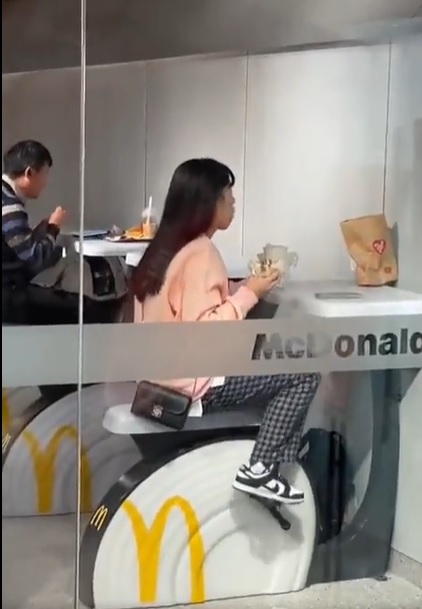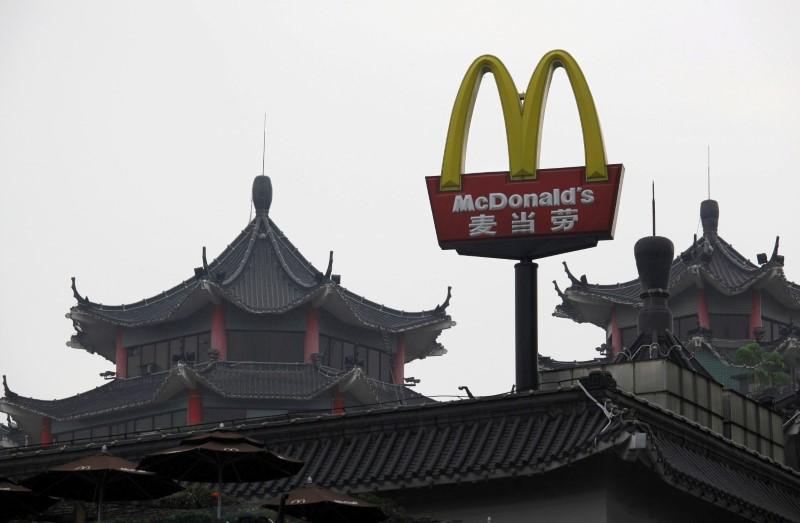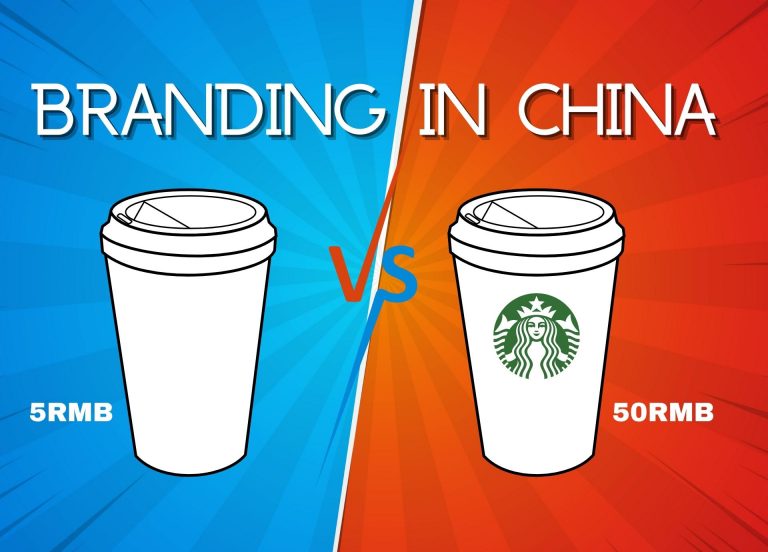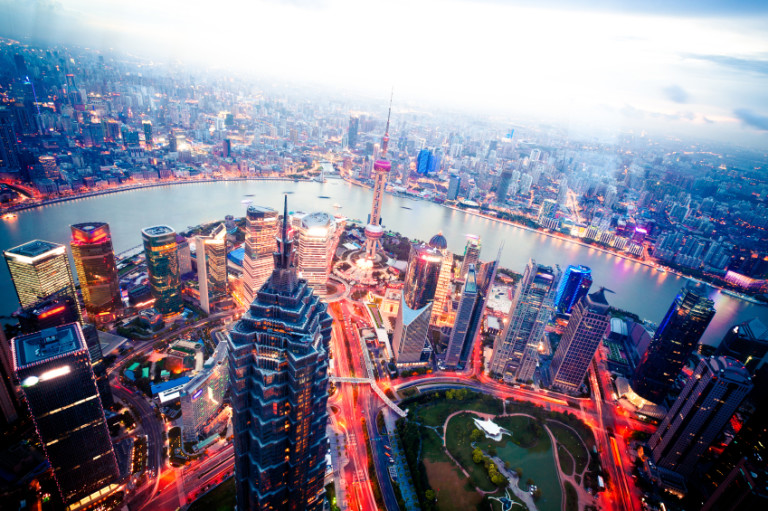Mc fitness , an innovation for McDonald’s in China

McDonald’s may be convenient, but it’s not good for your waistline.
A McDonald’s restaurant in China tried to solve this problem by giving customers the opportunity to work out while enjoying their meal.
Cost-Effective Agency
KPI and Results focused. We are the most visible Marketing Agency for China. Not because of huge spending but because of our SMART Strategies. Let us help you with: E-Commerce, Search Engine Optimization, Advertising, Weibo, WeChat, WeChat Store & PR.
We’re not talking about meat sweats.
Douyin has made a viral video showing a woman eating at McDonald’s, which also offers tables that can be used as exercise bikes.
The woman enjoys a burger and a drink while pedalling along.
It appears that the video was recorded by a passerby. The caption reads: “McDonald’s China, I loved this idea,”
The clip was posted on Douyin and has been viewed millions upon millions. It also attracted over 35,000 comments from users of the video-sharing app in a matter of days.
While some mocked the idea of the woman consuming more calories than she could burn, others loved the McFitness concept.
One douyin user said, “This idea is amazing.”
Since then, the video circulated on social media. Unverified claims have been made that it was shot in Shanghai.
Although it might not be everyone’s favorite meal, it is still better than the traditional salad menu.
McDonald’s in China

History
In 1984, Taipei was home to the first McDonald’s. The first McDonald’s in China was also known as Mai Dang Lao or Maidanglao. In 1990, the first McDonald’s in China was opened. KFC opened its first Beijing restaurant three years later.
In the southern portion of China, Shenzhen was the first McDonald’s to open in China. In 1980, China’s first Special Economic Zone was established. New liberal reforms enabled Western brands to open shops in China thanks to these new policies. McDonald’s was among them. The second McDonald’s in China, located in Beijing, opened two years later. It was the largest McDonald’s in the world at the time. Over forty thousand people were served by the restaurant’s first day of operation by a thousand workers.
In Beijing, McDonald’s had already opened 29 restaurants by 1996.
China’s McDonald’s expansion
McDonald’s was first to enter the Chinese market. Their target audience was middle-class Chinese citizens when they opened their doors. McDonald’s appealed to a younger audience in the XXI Century, thanks to better marketing and a rising pop-cultural influence. Wo JiuXi Huan, the Chinese version of McDonald’s famous slogan “I’m enjoying it”, has translated to “I just like” in Chinese.
In 2001, the first McDonald’s in China opened. The McDrive was launched in 2005. All McDonald’s restaurants in China opened 24 hours a day, as McDonald’s became more popular.
McDonald’s became an integral part of Chinese cities’ landscapes due to rapid growth in China. McDonald’s in China adopted a new strategy to gain more customers. McDonald’s reduced American symbolsism in China, and added more menu options with a Chinese twist.
There are approximately 3,300 McDonald’s restaurants across China as of 2020. 150 000 employees work at these outlets. McDonald’s had already served more than 1,3 billion customers in 2017. McDonald’s Corp. plans to almost double the number stores in China’s mainland by 2022.
Chinese mentality and Western brands
The popularity of McDonald’s demonstrates China’s attitude towards copyright laws. Other local restaurants have often copied the famous logo of the golden arches. It’s not unusual to find a restaurant bearing the same logo as Mr. Mahmoud.”
The Chinese culture has had a long history of copycat mentality. This can be seen in many Chinese products. It is an important aspect to Chinese culture that Chinese investors need to know if they want to expand their business into China. This also shows that brand imagery is a key factor in their popularity in China. The more brands copy the logo, the more popular it becomes.
It was a symbol of Western luxury and Western culture when McDonald’s first opened in China. Since it appealed both to younger and older Chinese customers, its image has changed.
It was obvious that the fast food restaurant was not subtle. With more than two dozen cash registers, and seating for 700 people, it was the largest McDonald’s worldwide. It was an eclectic mix of modernism and art deco architecture, featuring flowing concrete and porthole windows. The tile façade, which seemed to be a requirement for any building built in the 1990s, covered the entire structure.
In 1992, the capital was under the control of powerful forces.
The Golden Arches stood at the intersection between capitalism and the forced amnesia the PRC leadership relied on to get past the legitimacy crisis of 1989 and the humanitarian disaster of spring 1989. It was located at the corner of Chang’an Avenue and Wangfujing. This is less than three years after tanks rolled down the “Avenue of Eternal Peace”. The store was located just a few blocks away from Tiananmen Square, China’s most important thoroughfare. Wangfujing, together with Nanjing Road, Shanghai, was also the commercial highlight of China’s growing economy.
The boom of fast food in China
It was booming. Yunxiang Yan, an Anthropologist, wrote in his chapter “McDonald’s Beijing: The Localization Of Americana” in the collection Golden Arches East.records that Wangfujing’s first day saw 40,000 people, which was a record for the franchise. The next year, two more outlets were opened. In the same period, there were more than three dozen restaurants. McDonald’s was still far behind KFC’s success story in China fast-food, which opened its first restaurant near Tiananmen Square, in 1987. This location was the busiest of the franchise and served as an informal staging ground for protests that took place in spring 1989.
McDonald’s was fast food that was affordable in the United States. It was easy to make fun of and easy to find. It was a status symbol in China. According to some reports — I don’t know if it’s true but all my friends in Beijing at that time said it — Party officials booked the restaurant as a venue for children’s birthdays. Yan wrote that young, cosmopolitan Beijingers viewed it as a window into the world. “The Big Mac doesn’t taste great,” one interviewee said to Yan. But the experience of eating at this restaurant makes him feel good. Sometimes, I can even picture myself in New York City or Paris.
Many Americans believed that eating at McDonald’s in China would evoke American eating in that restaurant. This was something that many Chinese leaders wanted to promote. Although the Big Mac was originally a corporate strategy to sell hamburgers and was used in Beijing, it was also an important part of constructive engagement, or simply “engagement”, as it was known.
This policy was developed in the 1970s and crossed party lines. It is common to state that every U.S. president, from Nixon to Obama, has followed the policy. Although there isn’t a clear definition of constructive engagement, and there is much disagreement about how it works, the general consensus is that Americans can make positive changes in China by being present and in dialogue. Many forms of engagement assume that economic reform will lead to political change. In a speech to Johns Hopkins University students, Bill Clinton stated that “The more China opens up its economy, the more it will unleash the potential of its people — their initiative and their imagination, their extraordinary spirit of enterprise and] The genie of liberty will not return to the bottle.”
read more






